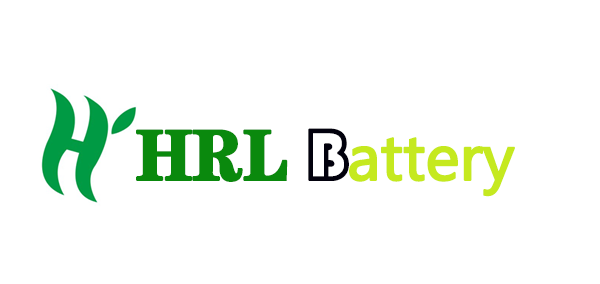Lithium battery discharge misconceptions
Lithium batteries are best in the middle of the charge condition, then the longest battery life. First of all, too high and too low power condition on the lithium battery life has the most negative impact, but the number of charge and discharge cycles is not necessary. In fact, most appliances or batteries sold on the identification of the number of repeatable charging times, are discharged 80 percent of the benchmark test derived. Tests show that for some laptop lithium batteries, often let the battery voltage exceeds the standard voltage of 0.1 volts, that is, from 4.1 volts to 4.2 volts, then the battery life will be halved, and then increased by 0.1 volts, the life expectancy is redued to one-third of the original; a long period of low battery or no power condition will make the battery internal resistance to electron movement is increasing, resulting in a smaller battery capacity! The NASA has its Hubble Space Telescope battery power consumption set at 10% of the total capacity, to ensure that the battery can be repeatedly charged and discharged 100,000 times without having to be renewed.
Secondly, the temperature of lithium batteries also has a greater impact on the life expectancy (mobile phones and other small electronic devices can be ignored this point). The environment below freezing may make the lithium battery incinerated in the moment the electronics are opened, while the overheated environment will shrink the capacity of the battery. If the laptop is using an external power supply for a long time, the battery will not be taken down, the battery will be in the laptop discharge heat for a long time, but more importantly, the battery will be at 100 percent power for a long time, and will soon be obsolete.

From the above, we can summarize the following points to ensure lithium battery capacity and longevity.
Most of the current electronic product batteries are used lithium-ion batteries, lithium-ion batteries since its introduction in 1990, because of its excellent function has been rapid development, and widely used in society, lithium-ion battery manufacturers have thus been the maximum planning for development. There is no need to charge the lithium-ion battery to 100 percent full charge, let alone exhaust the power. In the case of the situation promised, try to keep the battery charge at half full adjacent to the situation, the smaller the amplitude of charging and discharging the better;
The factory design of GM’s Chevy Volt is to force the battery to remain at 20 to 80 percent of its capacity, and the built-in battery in Apple’s laptops (and some other laptops and electronics) may also be using this method to increase the number of charge and discharge cycles.
Do not lithium batteries (especially lithium laptop batteries) for a long time in the device using an external power supply. Even if your laptop has excellent heat dissipation, a prolonged period of time at 100% power is equivalent to the murder of lithium batteries.
If you use an external power supply for a long time to power your laptop, perhaps the battery power is now more than 80%, immediately remove your laptop battery, the usual charging without the battery full, charged to 80% or so; adjust the operating system power options, power alarms to more than 20%, the usual battery power is not less than 20%, before dropping to 20% that is to be charged;
2. mobile phones and other small electronic devices, charged should be immediately disconnected from the power cord (including charging function of the USB interface), has been then will harm the battery; to often charge, remember to charge, but do not have to fill the battery;
3. whether it is on the laptop or mobile phone, etc., must not let the battery drain. 4;
4. if you want to travel, fill up the battery, but please remember to charge the appliance at any time when the conditions are agreed upon, for the sake of battery life, be sure not to drain the battery.
Post time: Feb-09-2020




